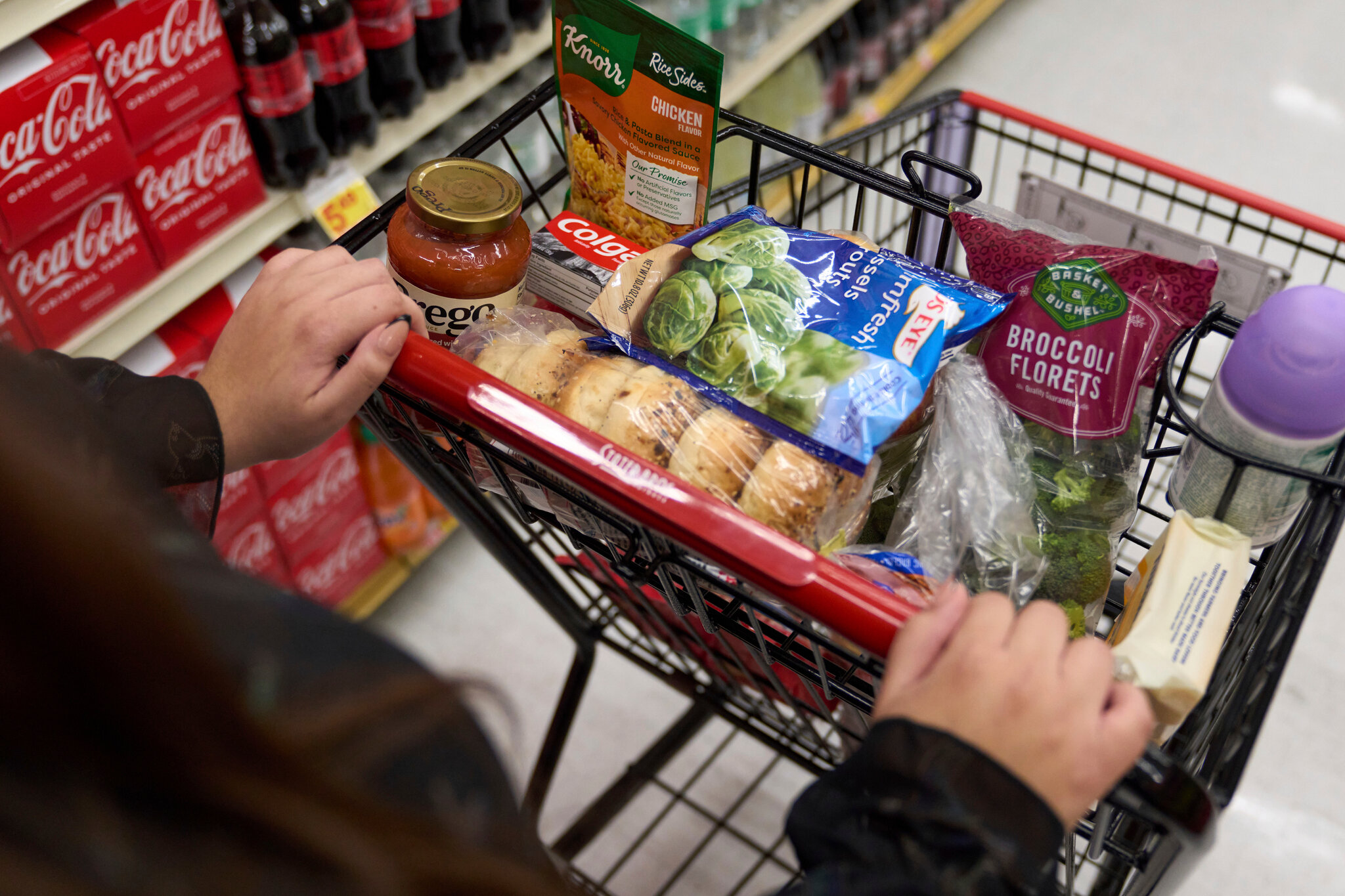New research by the Urban Institute and the Robert Wood Johnson Foundation has revealed that SNAP benefits are failing to cover the cost of modestly priced meals in 98% of U.S. counties, including New York. The gap between the cost of a meal and the maximum SNAP benefit is particularly pronounced in urban areas, with some counties experiencing a shortfall as high as 70%.

In the last quarter of 2023, the average cost of a modestly priced meal was $3.37, while SNAP benefits provided only $2.84, leaving a 53-cent gap. This shortfall means that monthly food stamp benefits fell nearly $50 short of actual food costs by the end of the year.
Elaine Waxman, senior fellow at the Urban Institute, highlighted that food insecurity increased for the second consecutive year in 2023 due to persistent high inflation and tight household budgets. With the Farm Bill up for reauthorization, potential cuts to SNAP could exacerbate the struggle for families already facing food insecurity.
Democrats and Republicans are divided on the issue, with Democrats proposing to eliminate restrictions and enhance benefits, while Republicans seek a cost-neutral approach that could freeze benefit increases. The Urban Institute warns that the Republican proposal could hinder the USDA’s ability to adjust benefits to meet nutritional needs, potentially worsening food insecurity for low-income families.